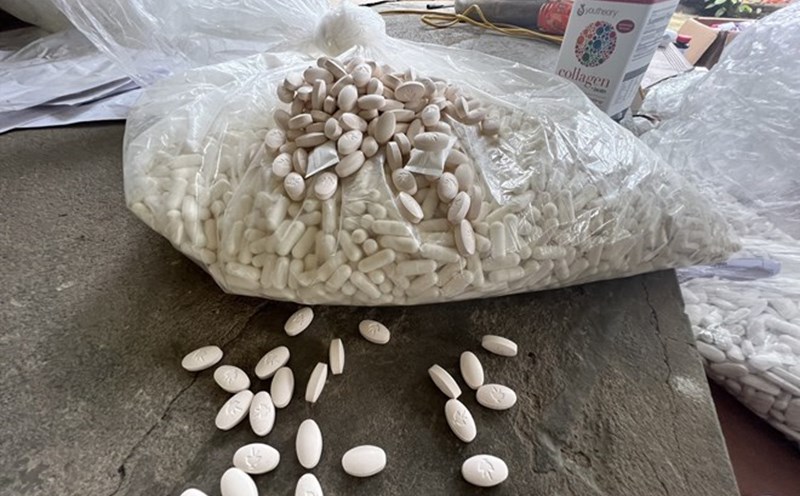Color, smell and elasticity
According to food safety expert Dr. Michael Batz, a researcher at the Center for Food Safety Policy and Evaluation, University of Florida (USA): Fresh pigs often have a light pink to bright red color, dry surface, and are not greasy. If the meat is gray, juicy, has a strange smell or a foul smell, consumers should absolutely not use it".
Mr. Batz also emphasized that meat contaminated with disease or from dead pigs before slaughter often does not have good elasticity. "When you press the piece of meat, if you see the meat lumps and does not return to its original shape, it is very likely that the meat is damaged or has quality problems," he said.
Notes from the skin and fat
Not only the lean part is worth paying attention to, the skin and fat part are also a "mark" to distinguish between clean meat and dirty meat. Healthy pork will have a steady, flexible layer of white fat and stick to the pulp. Meanwhile, sick or dead pigs before slaughter often have a loose, bulky layer of fat, sometimes easily peeling off.
A simple tip that traditional housewives often share: "Click closely at pores on the skin. Delicious meat often has small, even pores. Sick pork often has a rough skin or unusually red spot".
Avoid pork being pumped with water and massaged with chemicals
Water pumped soil often has an unusually heavy mass, the skin is lumpy, easily separated when cutting, and there are leaks on the surface, Dr. Batz noted.
To limit risks, he recommends that consumers should buy meat in places with clear veterinary inspection, certified origin and good preservation conditions.
There have been many cases of food poisoning because consumers cannot distinguish meat from dead pigs due to African swine fever, foot-and-mouth disease, or decomposed meat. Consuming this type of meat not only causes acute poisoning but also poses a risk of infection with bacteria and dangerous parasites such as Salmonella or E.coli.








